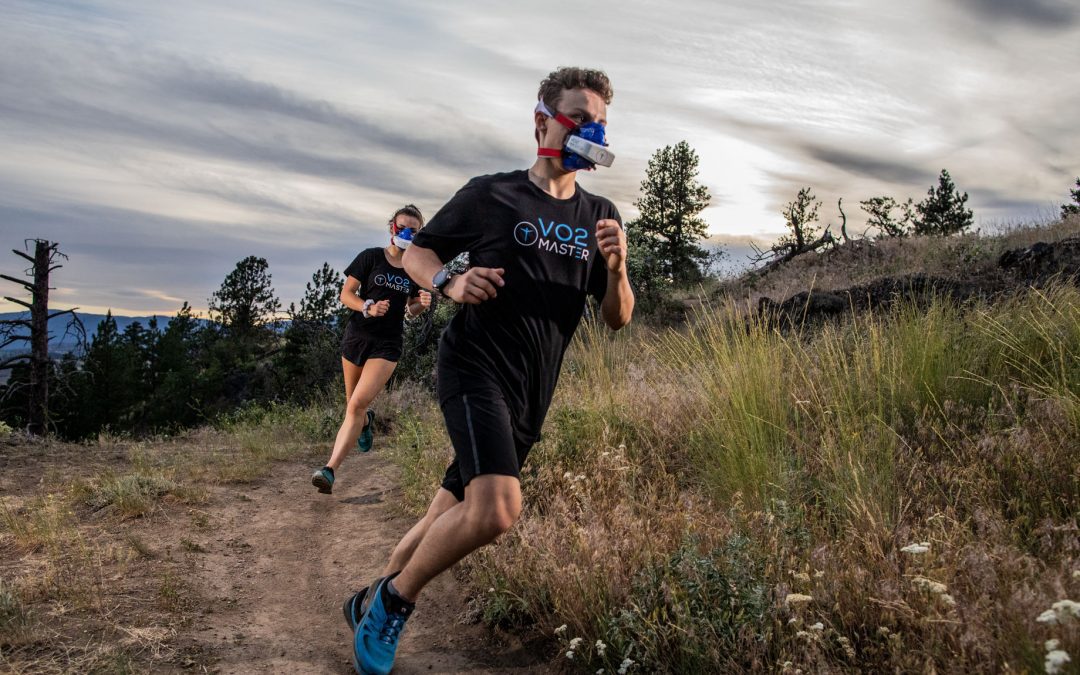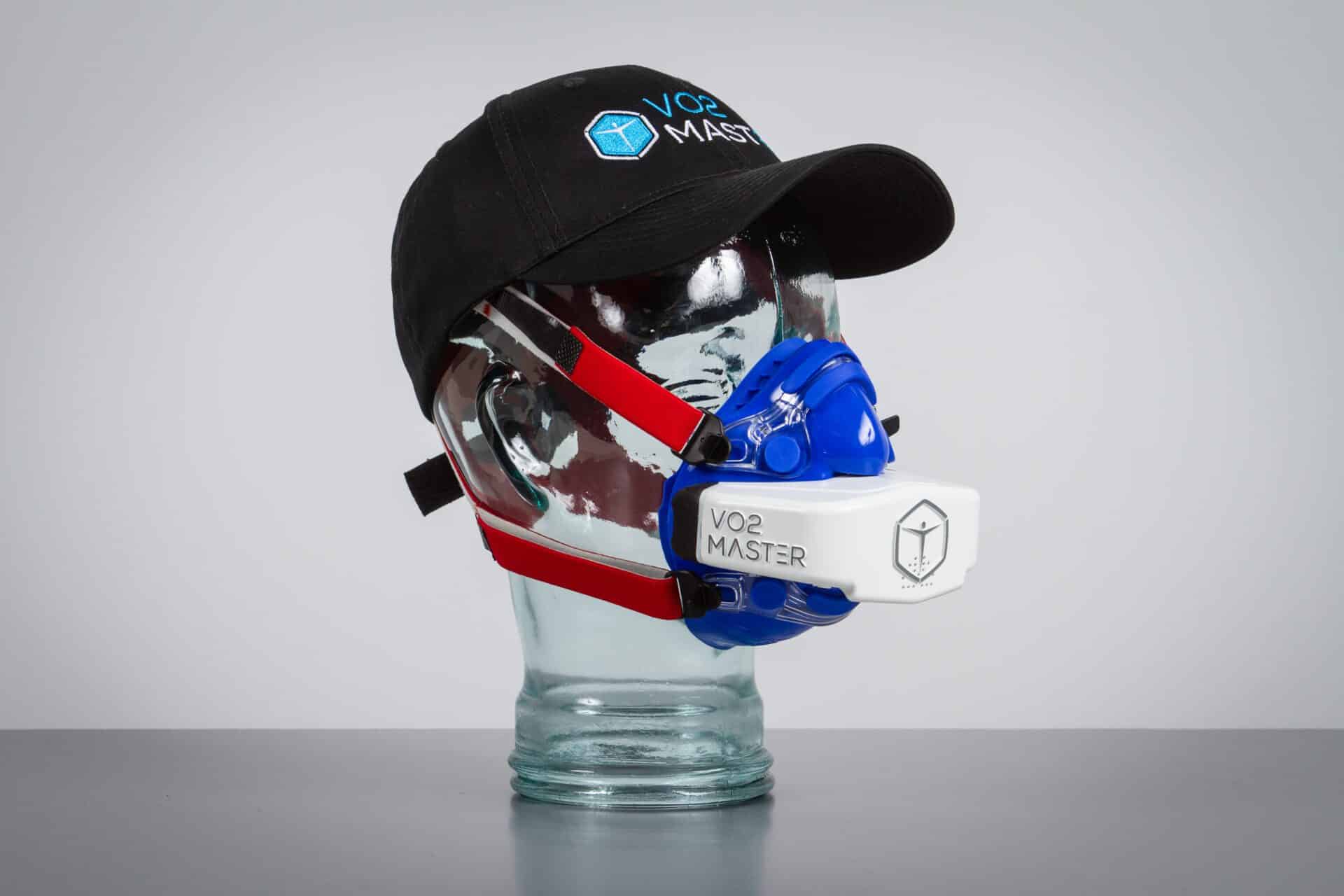The Historical Context of Measuring Oxygen Consumption
There is an existence of a finite rate of oxygen consumption that exists during intense exercise, of which no further effort will increase. A.V. Hill and Colleagues 1923 Identification of VO2max The pioneering work of A.V. Hill, Hartley Lupton, and Colleagues in the early 1920s was the first to identify this concept, that there wasContinue reading "The Historical Context of Measuring Oxygen Consumption"

There is an existence of a finite rate of oxygen consumption that exists during intense exercise, of which no further effort will increase.
A.V. Hill and Colleagues 1923
Identification of VO2max

The pioneering work of A.V. Hill, Hartley Lupton, and Colleagues in the early 1920s was the first to identify this concept, that there was a limited amount of oxygen that the body could uptake and consume. Coined VO2max, this measurement is now a mainstay in the evaluation of cardiorespiratory fitness for both health and performance. The brilliance of these researchers is highlighted by their initial observations which were completed by participants who had a Douglass bag strapped to their back. The participants were instructed to run at increasing speeds around an 85m track and then oxygen consumption values were plotted. These values were all normalized relative to the participant with initials A.V.H. (presumably A.V. Hill) and were the first time that oxygen consumption values were normalized to body weight in what is now reported as mlO2/kg/min thus allowing for comparison of mass-specific oxygen consumption. Astrand and Saltin later confirmed that rises in oxygen consumption were a function of work rate and would not increase after certain outputs were reached.
Currently, VO2max testing involves placing participants under increasing speeds/loads until they can no longer complete the required work. VO2max is identified as the plateau in oxygen consumption even though the intensity is still increasing. However, during intense exercise, not all participants reach a plateau in oxygen consumption. Leading to the speculation that specific value for maximal oxygen consumption may not exist. Indeed, maximal oxygen consumption values vary depending on how quickly a protocol is completed as well as the modality of exercise. And while a true maximal oxygen consumption value may be hard to measure, the utility of this measurement cannot be ignored. Especially at its upper and lower boundaries which demarcate higher probabilities of risk of cardiovascular events and prediction of success in endurance events.

Identified almost 100 years ago, maximal oxygen consumption is currently thought to be a great predictor of endurance performance when examining a wide variety of participants (untrained to highly trained individuals). But as endurance events are not completed at maximal intensity, it is thought that endurance performance is augmented by the ability to maintain adequate oxygen delivery to maintain cellular energy homeostasis at high intensities of exercise coupled to an economical transfer of chemical energy to mechanical energy.
Interested in learning more about how the VO2 Master Analyzer can help you achieve your optimal performance? Contact us today!
Phone: +1 (833) 862-6787 | Email: info@vo2master.com
